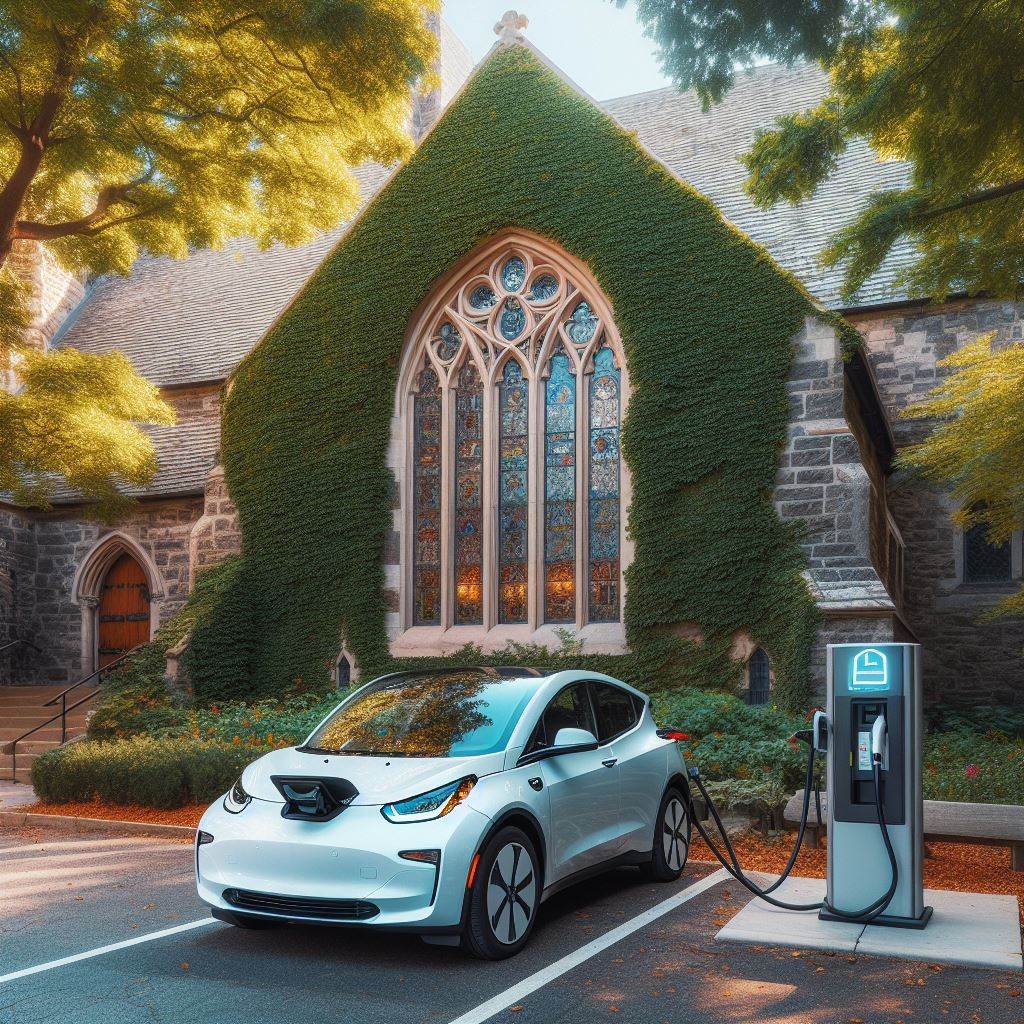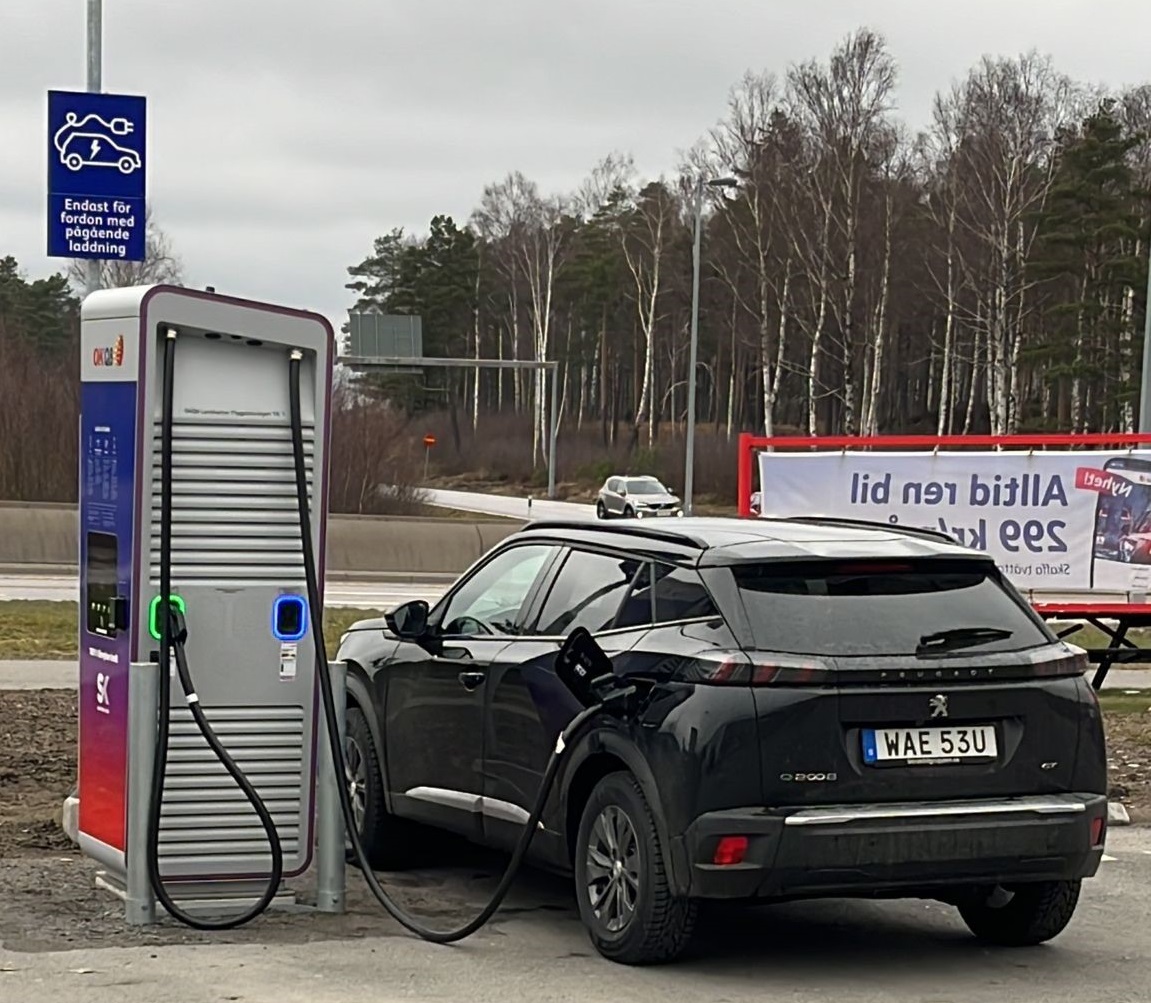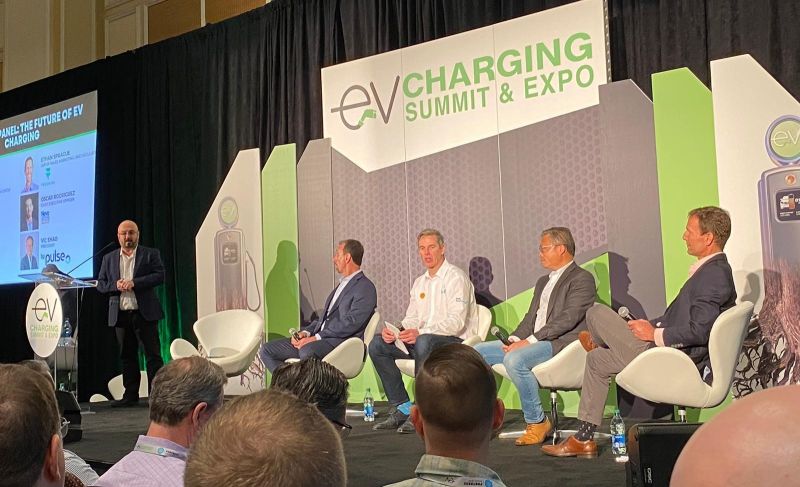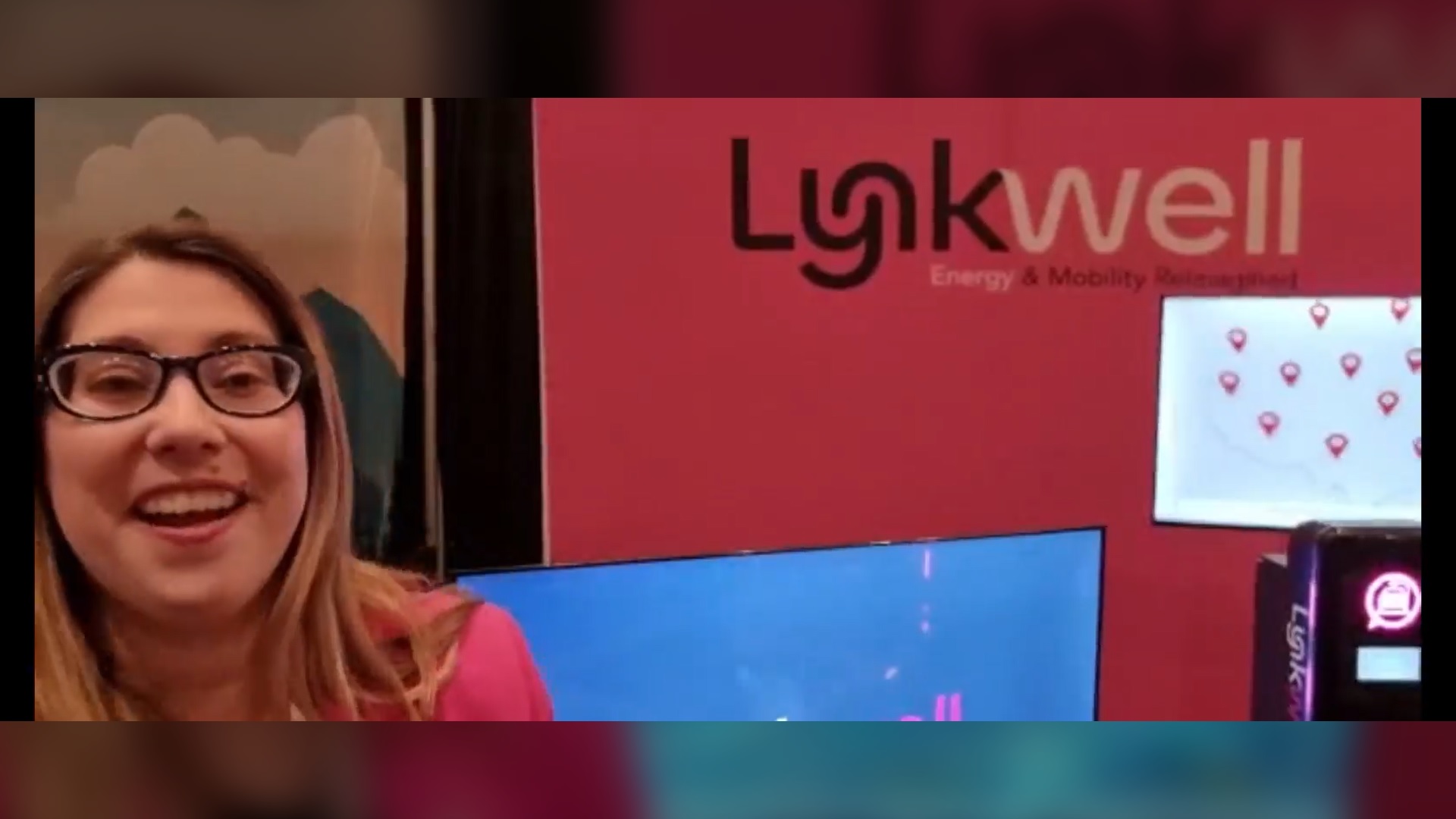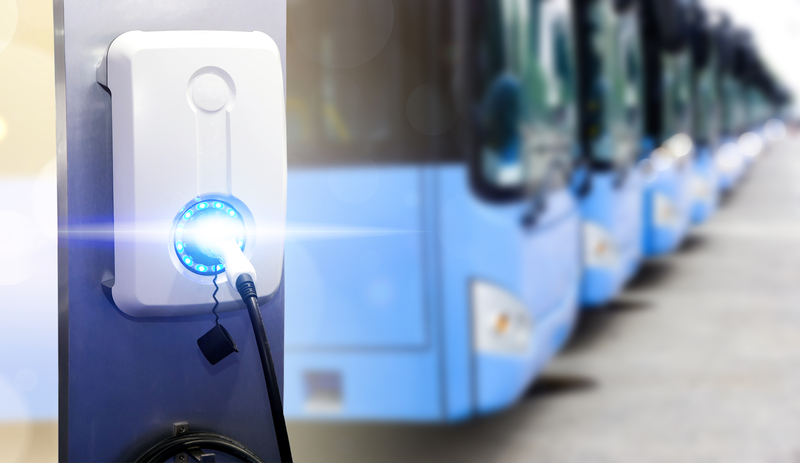
Representatives of the agencies talked of the early days of EV implementation, as far back as 2014, and the obstacles they faced then – and continue to face today.
Jim Appleby and Geraldina Romo addressed a group at the EV Charging Summit & Expo in Las Vegas. They described an industry that continues to evolve rapidly.
Appleby, from the Anaheim Transportation Network, and Romo, from the Antelope Valley Transit Authority, purchased buses with proprietary charging systems about several years ago.
Now that charging has been standardized, they still must run the older buses on the proprietary system because the manufacturer is unwilling or unable to retrofit them.
New buses, of course, will run on standardised systems. That means the two agencies will have two charging systems for the foreseeable future.
“That wasn’t foreseen in 2018,” Appleby said.
He said the early adoption meant there were few if any existing RFPs to fall back on. Romo agreed. “We didn't have any manual to follow,” she said.
Despite that current issue, the agencies have had a great deal of success because they properly evaluated the needs of transit users during development.
Anaheim is unique because tourists and convention goers drive a great deal of use, which results in short runs and an extended quiet period.
Tourists go to Disneyland in the morning and stay all day. Convention goers ride in the morning and stay put for the rest of the day.
“At night everyone leaves,” Appleby said. Evaluation helped the authority set charging schedules and even drove development of a new charging station. “We know which buses we have to plug in at which times,” he said.
Romo’s agency services an area in the western portion of the Mojave Desert in California. Runs are long – in some cases 300 miles. That means quick charges at remote locations during layovers. The buses can add about 25 per cent power in just 20 minutes.
The desert location has its advantages. The authority has purchased 43 acres of land where it will develop a solar farm with battery storage.



